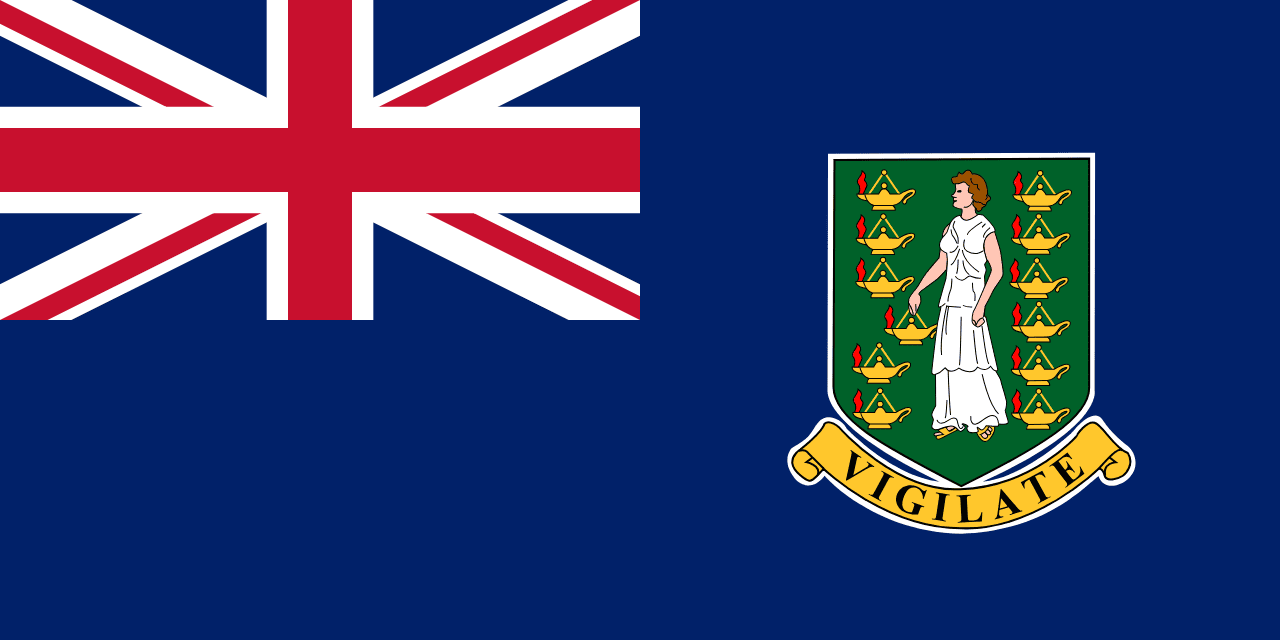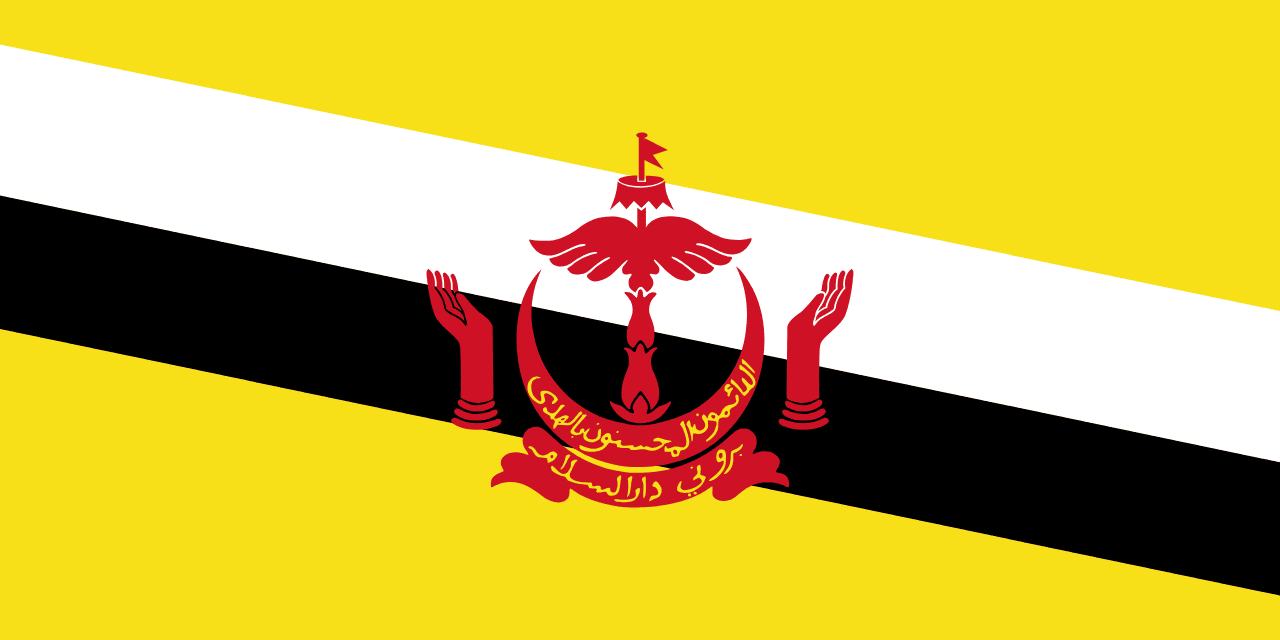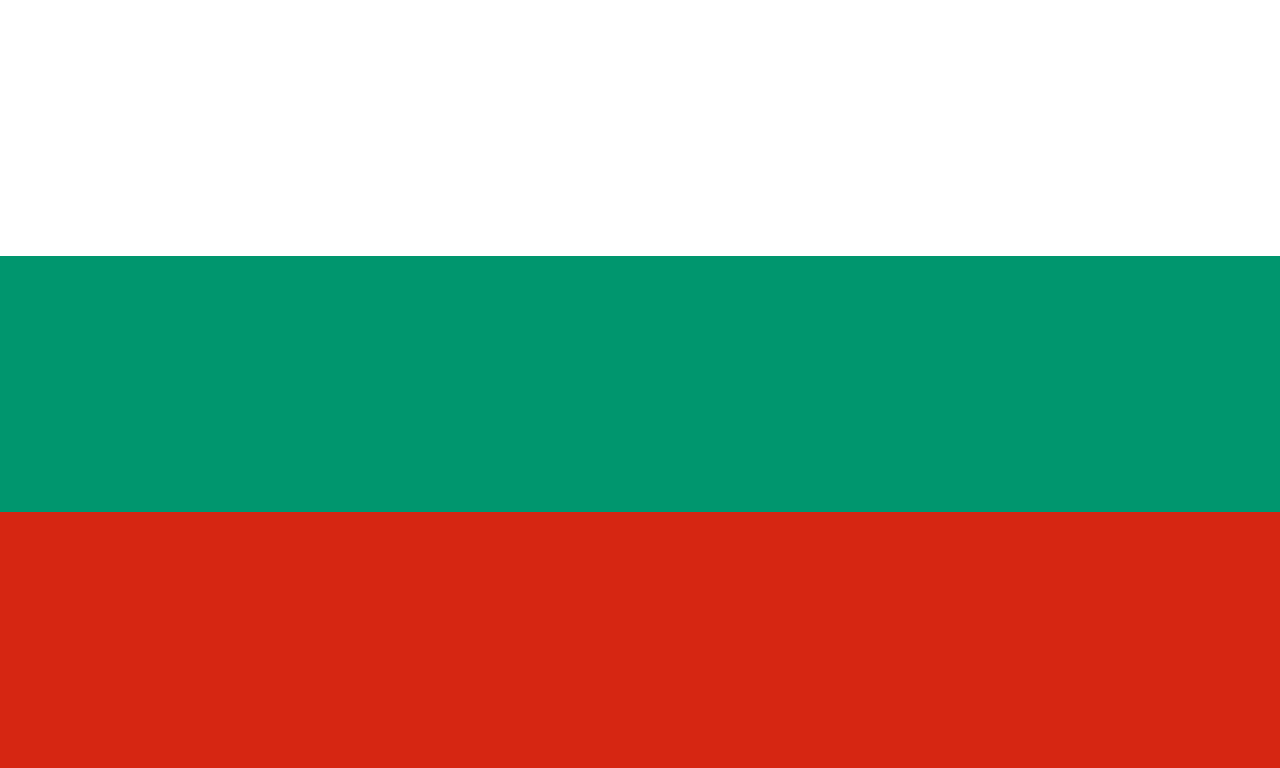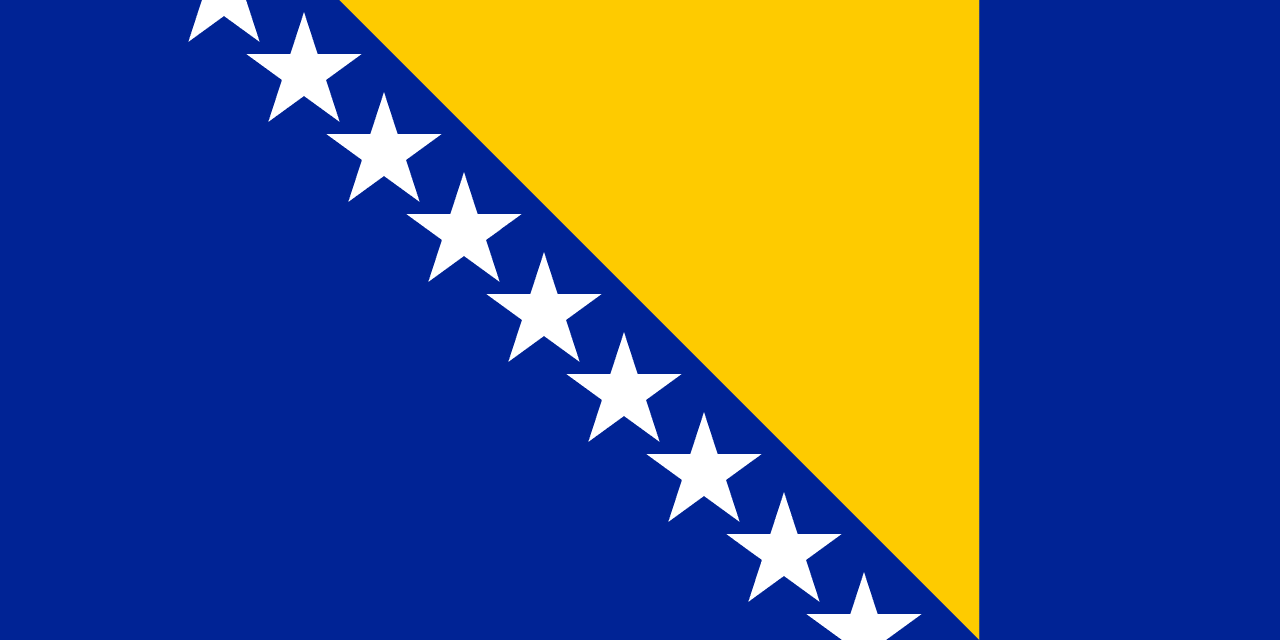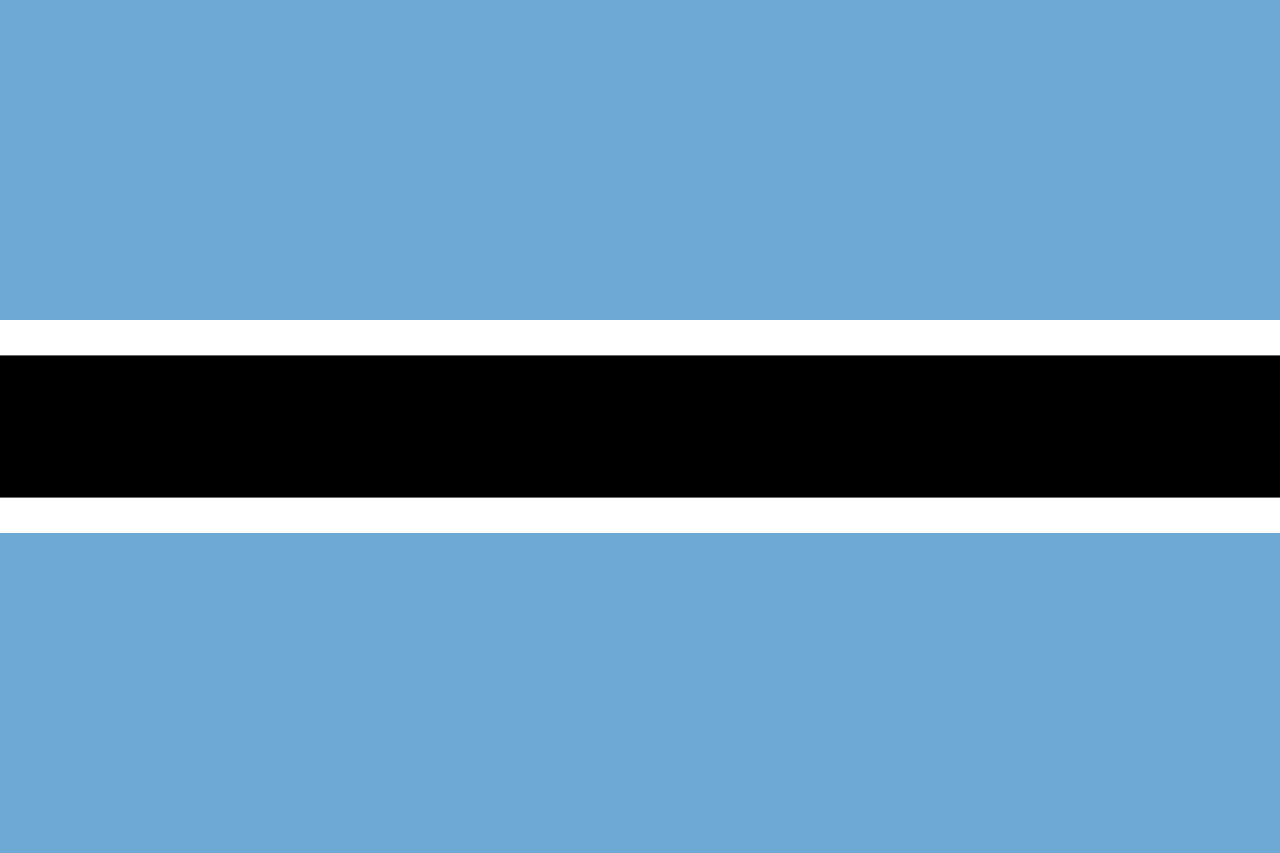The flag of Brazil, known as the Auriverde (from Latin, meaning "Gold-Green"), is one of the most recognizable and symbolic national flags in the world. It features a green field with a large yellow diamond in the center, within which is a blue celestial globe with 27 white five-pointed stars, and a white band inscribed with the national motto "Ordem e Progresso" (Order and Progress).
Brazil information
| National Flag Day | November 19th |
| Sovereign state | Yes |
| Official name | Federal Republic of Brazil |
| Capital | Brasília |
| Population | 213,691,000 |
| Area | 8,514,877 km² |
| Currency | Real (BRL) |
| Language | Portuguese |
| Continent | Americas |
| Region | South America |
| Subregion | — |
| Borders | Argentina, Bolivia, Colombia, French Guiana, Guyana, Paraguay, Peru, Suriname, Uruguay, Venezuela |
| Timezone | Brazil Time (BRT) UTC-2 to UTC-5 |
| Calling code | +55 |
| Top-level domain | .br |
History of the Brazilian Flag
 The current Brazilian flag was officially adopted on November 19, 1889, just four days after Brazil was proclaimed a republic, replacing the Empire of Brazil. The flag's design, however, maintains elements from the imperial era while incorporating new symbolism to represent the nation's transition to a republic.
The green field and yellow diamond were retained from the imperial flag, where they represented the House of Braganza of Pedro I, the first Emperor of Brazil, and the House of Habsburg of his wife, Empress Maria Leopoldina, respectively. In the republican context, these colors were reinterpreted to symbolize Brazil's lush forests and mineral wealth.
The design of the celestial globe was inspired by the armillary sphere on the former imperial flag, but was modified to represent the night sky over Rio de Janeiro as it appeared on the morning of November 15, 1889, when the republic was proclaimed.
The current Brazilian flag was officially adopted on November 19, 1889, just four days after Brazil was proclaimed a republic, replacing the Empire of Brazil. The flag's design, however, maintains elements from the imperial era while incorporating new symbolism to represent the nation's transition to a republic.
The green field and yellow diamond were retained from the imperial flag, where they represented the House of Braganza of Pedro I, the first Emperor of Brazil, and the House of Habsburg of his wife, Empress Maria Leopoldina, respectively. In the republican context, these colors were reinterpreted to symbolize Brazil's lush forests and mineral wealth.
The design of the celestial globe was inspired by the armillary sphere on the former imperial flag, but was modified to represent the night sky over Rio de Janeiro as it appeared on the morning of November 15, 1889, when the republic was proclaimed.
Symbolism and Design of the Brazilian Flag
Every element of the Brazilian flag is rich with symbolism:
- The green field represents Brazil's lush forests, particularly the Amazon rainforest.
- The yellow diamond symbolizes the country's mineral wealth, including its gold reserves.
- The blue celestial globe depicts 27 stars, representing Brazil's 26 states and the Federal District. Each star corresponds to a specific state and is positioned to reflect the night sky over Rio de Janeiro on November 15, 1889.
- The white band across the globe bears the national motto "Ordem e Progresso" (Order and Progress), inspired by Auguste Comte's positivist philosophy, which influenced the early republican leaders of Brazil.
- The constellation of the Southern Cross, prominently featured on the globe, represents Brazil's geographical position in the Southern Hemisphere.
Usage and Significance of the Brazilian Flag
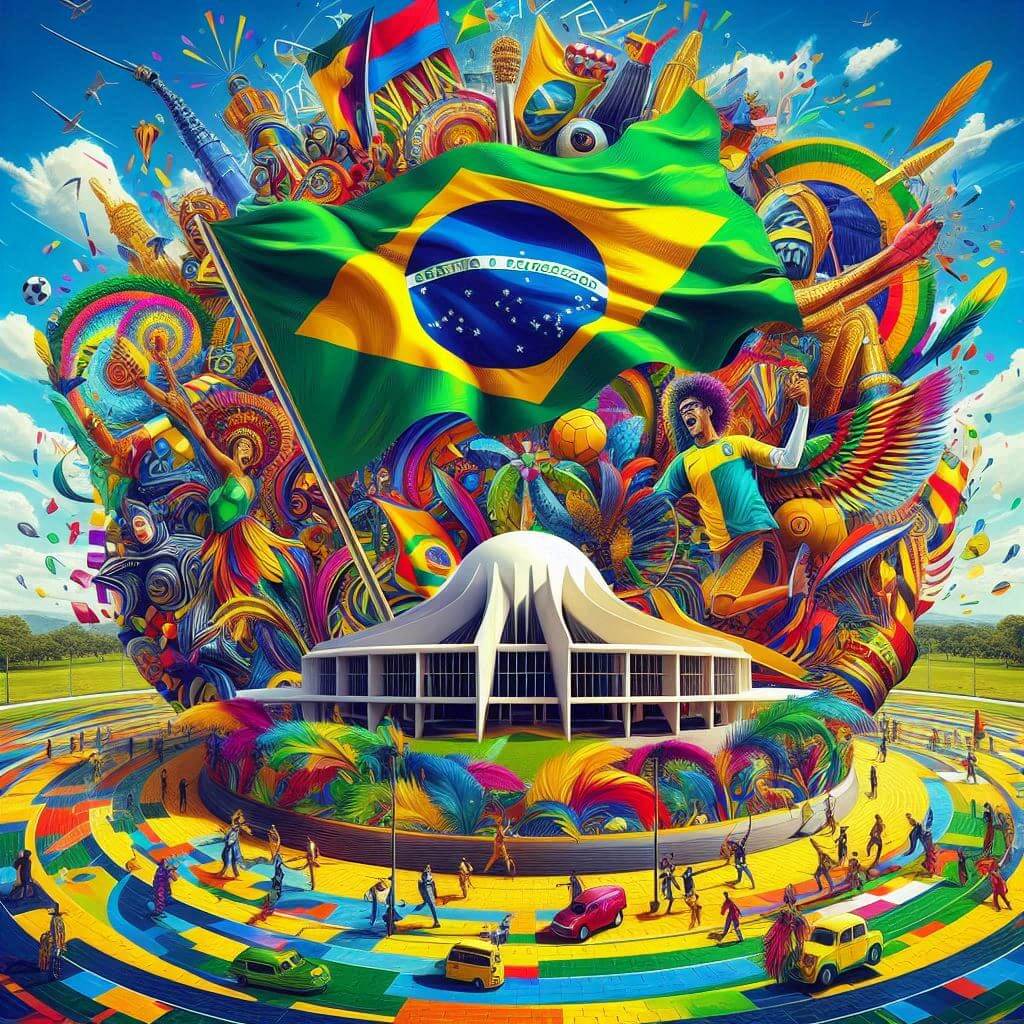 The Brazilian flag is a powerful symbol of national identity and pride. It is prominently displayed on government buildings, schools, and public spaces throughout the country. The flag plays a central role in national celebrations, particularly on Independence Day (September 7) and Republic Day (November 15).
In Brazil, the national flag is treated with great respect. There are specific protocols for its use, display, and disposal. The flag is raised and lowered daily at the Praça dos Três Poderes in Brasília, the nation's capital, in a ceremony that symbolizes the continuity of the republic.
The flag is also a significant symbol in sports, particularly in football (soccer), where it is often displayed by fans during international competitions. Its colors have become synonymous with Brazilian national identity and are often used in various forms of cultural expression, from carnival costumes to contemporary art.
The Brazilian flag is a powerful symbol of national identity and pride. It is prominently displayed on government buildings, schools, and public spaces throughout the country. The flag plays a central role in national celebrations, particularly on Independence Day (September 7) and Republic Day (November 15).
In Brazil, the national flag is treated with great respect. There are specific protocols for its use, display, and disposal. The flag is raised and lowered daily at the Praça dos Três Poderes in Brasília, the nation's capital, in a ceremony that symbolizes the continuity of the republic.
The flag is also a significant symbol in sports, particularly in football (soccer), where it is often displayed by fans during international competitions. Its colors have become synonymous with Brazilian national identity and are often used in various forms of cultural expression, from carnival costumes to contemporary art.
Interesting Facts About the Brazilian Flag
- The Brazilian flag is the only national flag to feature a constellation from the night sky.
- The stars on the flag are not uniformly sized; their sizes vary according to the actual magnitudes of the stars they represent.
- When a new state is added to the Brazilian federation, a new star is added to the flag. The last addition was in 1988 when the state of Tocantins was created.
- The flag's design was created by a group of positivist Republicans, including Benjamin Constant and Raimundo Teixeira Mendes.
- In 1992, the flag's precise colors were standardized using the Pantone color matching system to ensure consistency in all reproductions.
